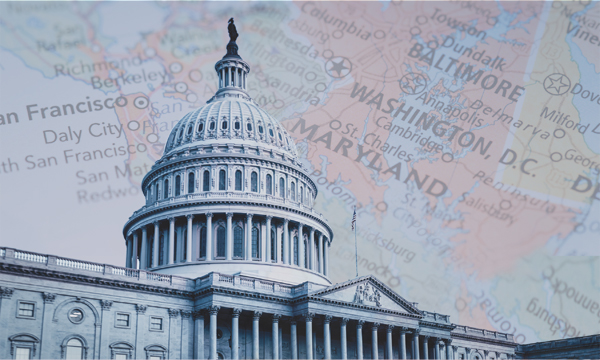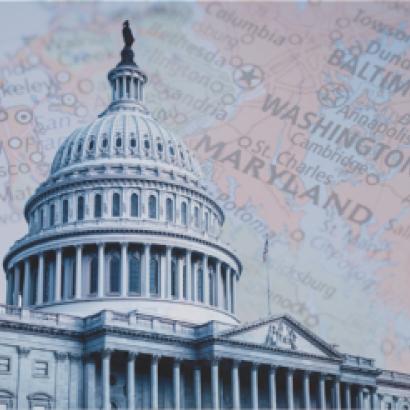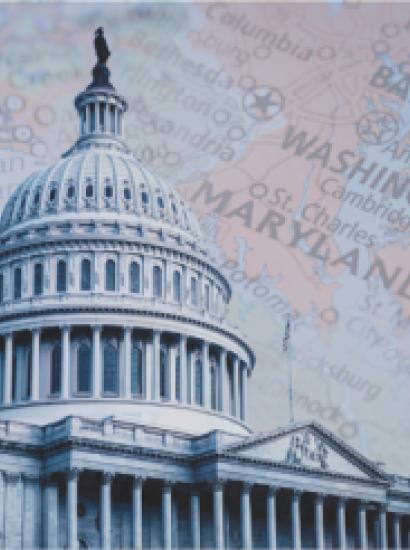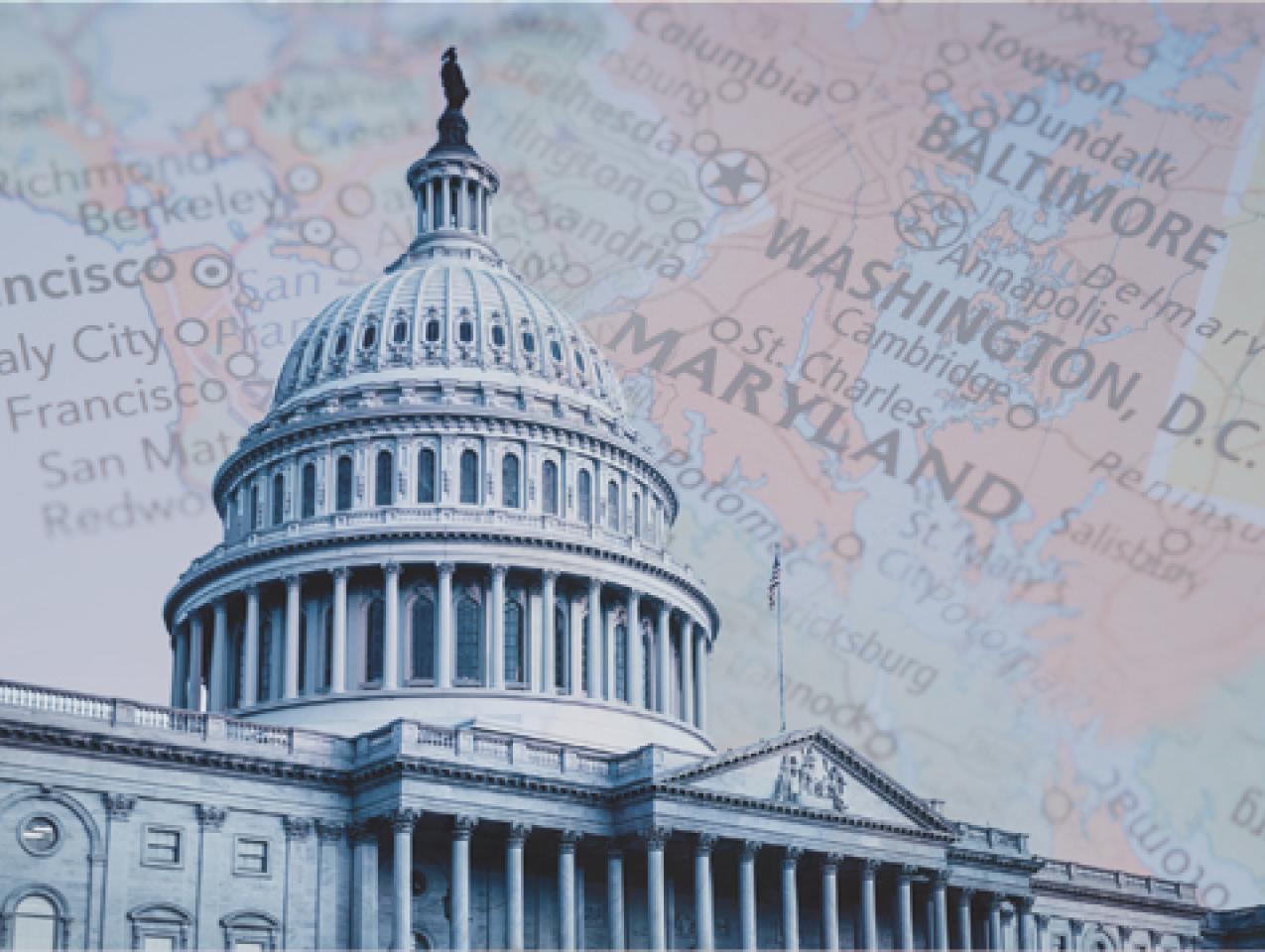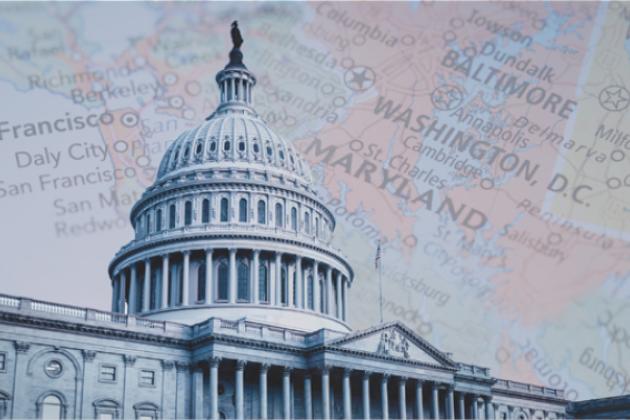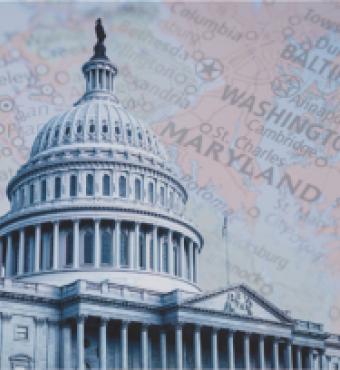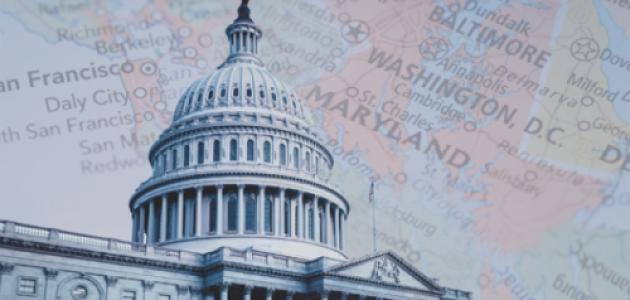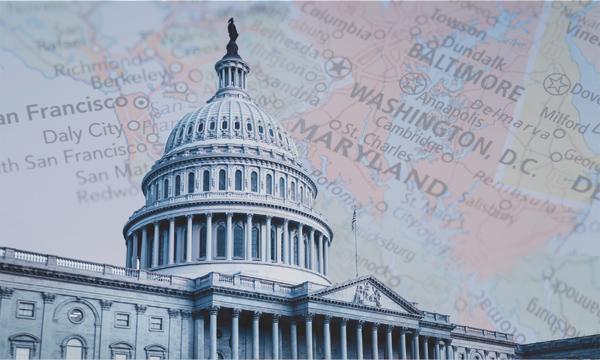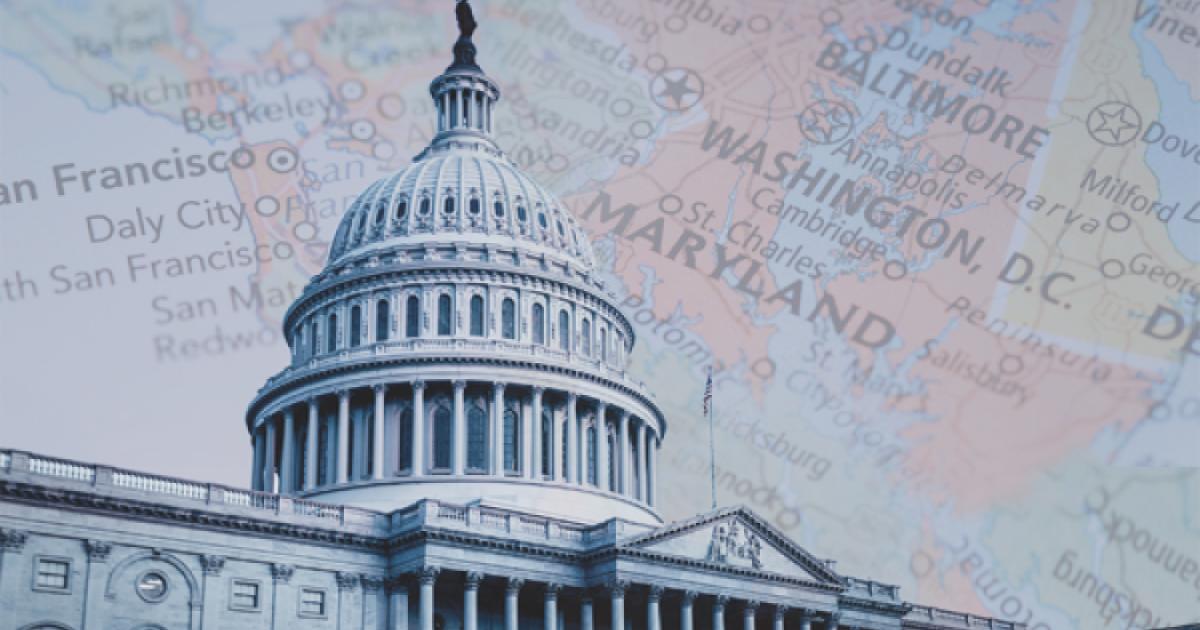- History
- US
- Politics, Institutions, and Public Opinion
- The Presidency
- Judiciary
- Congress
When, in 1788, James Madison ventured to defend the proposed Constitution, part of his pseudonymous task was to explain how the new Congress could plausibly be constrained. The Framers had separated Congress from the executive and judicial branches, divided it into two houses, and expressly limited its powers, precisely to guard against dangers of legislative power. “In republican government, the legislative authority necessarily predominates,” Madison wrote as “Publius” in Federalist No. 51. Elsewhere he put the point more bluntly: “The legislative department is everywhere extending the sphere of its activity,” Madison wrote in Federalist No. 48, “and drawing all power into its impetuous vortex.”
The past truly is a foreign country. Today, critics of the Constitution’s first branch tend to complain not that Congress is too strong, but that it is too weak. Far from “extending the sphere of its activity,” Congress has ceded immense authority to the White House and to administrative agencies, who make law and set national policy in lieu of legislation—or in defiance of it. In recent years, as the executive branch’s power reached a modern zenith, Congress began to ask federal trial judges to order the executive branch to respect Congress’s statutory commands, turning to the third branch to protect it.
A subscription is required to read the full article "The Least Dangerous Branch."







